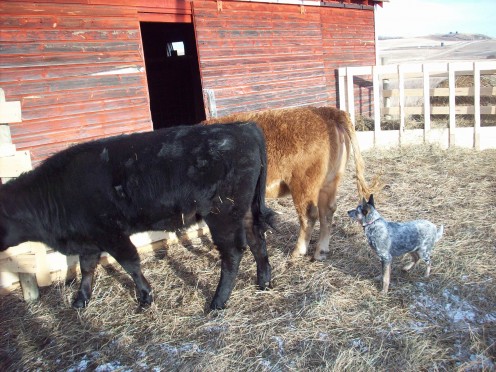

Having an accurate financial picture of all the costs involved is therefore essential for small farming success. Sweet corn was Jack Looney’s choice as lead item for his roadside stand in Crossville, Tennessee, after he learned of its high demand because local home gardeners were unwilling to cultivate the large plots required for corn.įarming is a high-risk proposition that requires long range planning, a hard look at the lag time between paying start-up costs and taking in anything of significance, and the financial ability to withstand set-backs due to the farmer’s eternal nemesis, bad weather. Talk to potential customers to get an idea of their needs and tastes. Study what is being done by others in your area and decide whether there is room for more of the same, or a need for something new and different.

If you plan to diversify, look for compatible endeavors that require the same type of facilities and equipment to keep costs down, but for which intensive labor is needed at different seasons to avoid competition for your time. Take into consideration as well enterprises readily adaptable to your location and to your particular piece of land. Worthy of serious consideration are commodities now being imported to your area, to which freight must be added and for which local money is being sent to outside areas.Nursery plants often fall into this category and provide excellent opportunities for small scale farmers, suggests Ed Porter of the Wholesale Nursery Growers Association of America.Īs you list the various possibilities, give greatest weight to those you and your family really enjoy doing, and that you do well. You must recognize a specific market, or else create one. Lloyd Downen, University of Tennessee Extension dean. A general market is not sufficient, cautions Dr.

Most important to getting a good start, agree experienced growers, is to know before you begin that there’s a market for your intended product. Insights and ideas are often shared at conferences such as one recently held at Tennessee Technological University in Cookeville. Solutions to this and other associated problems are gradually being found as growers gain experience and as various agriculture organizations take a more active role in research.
#Ahrens hobby farm how to#
Of primary concern to small scale farmers is how to market a low volume of produce in an economy geared for mass distribution. His belief is shared by thousands of small farmers across the country who are changing the face of agriculture by growing and selling fruit and vegetables on a small scale. “Sooner or later the American people will have to start eating more food that’s grown closer to home,” asserts Maurice Norman, pick-your-own fruit grower from Hendersonville, Tennessee.


 0 kommentar(er)
0 kommentar(er)
